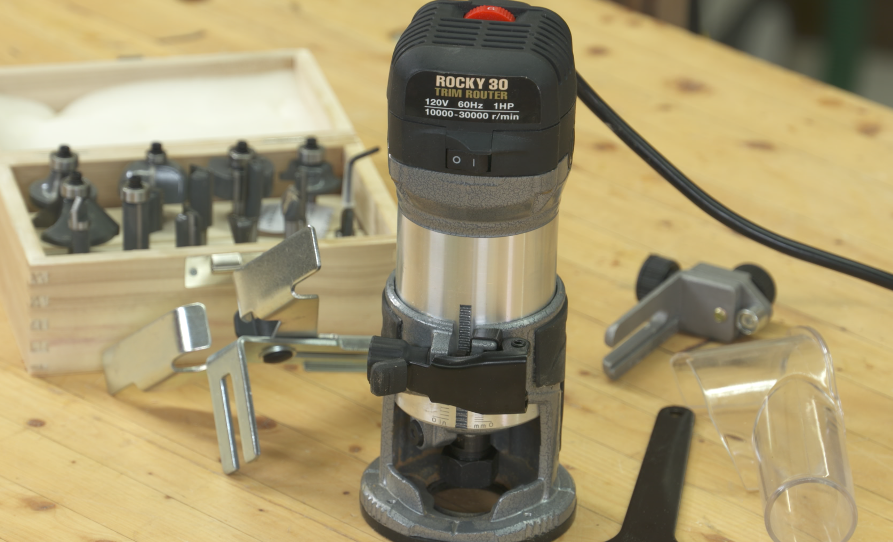In furniture making, a plunge router is an important tool. It is used to make the profiles of the wood pieces. This is done by cutting the wood into thin strips and placing them onto a router's base. The strips are then turned around so that they fit in the grooves made in the router.
This article is about the importance of a plunge router for furniture making, and what types of projects can be done with it.
What is a plunge router?
Pursuing the perfect home router is a daunting task, but with a few key features in mind, you can find one that will suit your needs. A plunge router is designed to be inserted into a wall or ceiling and then used as a handheld tool to connect various devices. Its fast speeds and easy-to-use interface make connecting devices a breeze.
How to use a plunge router
It is important to be very careful while using a plunge router. It would help if you only let the wood pieces rest on the plunge table. Make sure you use the correct settings for the different shapes you have created. You can turn the wood pieces until they reach the desired thickness. When you're finished with one piece, it's time to move on to the next. While making wood parts, you should keep in mind that it will take several hours to finish them. The time depends on the thickness of the wood. For thicker pieces, the time might be more than for thinner ones. The process is the same, no matter how thick the wood is.
A plunge router can be used to make various kinds of woodworking parts. Some of the parts are shown below.
The first is the front view of a tabletop. It is made of maple wood. The profile of the tabletop is made with a plunge router. The second is the back view. It is made of oak. The profile of the oak is also made with the plunge router. The third is a picture frame. It is made from poplar. The profile of the frame is made with the plunge router. The fourth is a pencil box. It is made from walnut wood. The profile of the pencil box is made with the plunge router.
The benefits of using a plunge router:
A plunge router is a machine with which you can create the profiles of wood pieces. You can use the plunge router to cut the wood into thin strips and then place them on a base. The advantage of using this router is that it makes the profile of the wood piece. A traditional router has a flat top, whereas a plunge router has a round bottom. As a result, it creates a round groove or a bowl on the bottom of the wood. In addition, the plunge router comes with a base. It allows you to cut different profiles and shapes on the wood.
The most popular profile on which you can use the plunge router is the bow. It is usually used on furniture, especially wooden tables and cabinets. Other common wood profile types that you can use include the heart, circle, and half moon. You can also use a plunge router on small wooden pieces and make holes. This is a way of drilling small holes in the wood. If you want to know how to make the profiles, you can follow the simple steps below.
Make sure that the wood pieces you plan to make a profile are dry. This is necessary to avoid moisture getting inside the wood. Then, you can use an electric drill to drill the profile on the wood.
In conclusion, a plunge router is an essential tool for furniture making. Using a plunge router, you can create an accurately textured surface with little to no waste. With this tool, you can create beautiful and unique pieces of furniture quickly and easily.

















